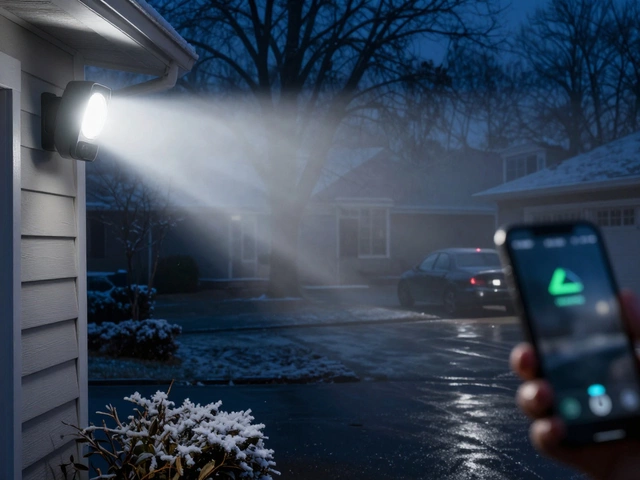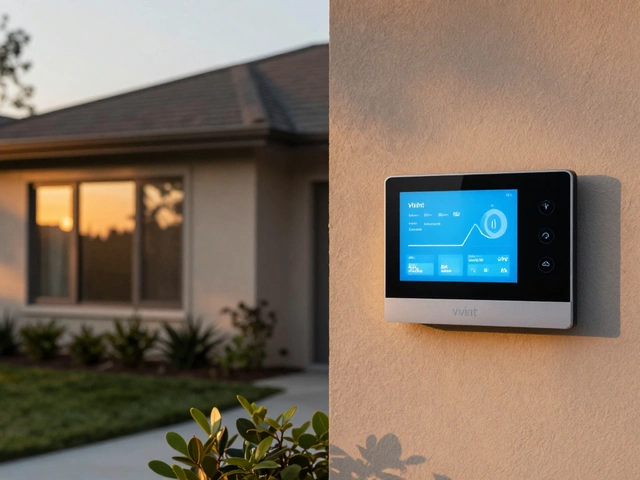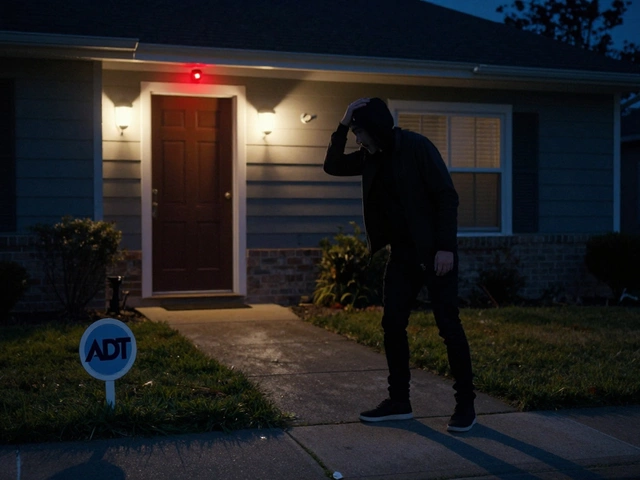LED Lights: What You Need to Know for a Safer, Smarter Home
Switching to LED lights is one of the quickest ways to lower your electricity bill and boost home safety. Unlike old incandescent bulbs, LEDs use a fraction of the power while giving you the same, if not better, illumination. That means you get brighter rooms, longer‑lasting bulbs, and fewer trips to the hardware store.
Why LED Lights Beat the Competition
First off, LED technology converts most of the electricity into light instead of heat. The result is up to 80% less energy use compared with traditional bulbs. Over a year, that saving adds up – especially if you have multiple lights on for long periods.
Second, LED bulbs last much longer. A good quality LED can run for 25,000 hours or more, which translates to 10‑15 years in a typical household. Fewer replacements mean less waste and lower maintenance costs.
Third, LEDs are safer. Because they stay cool to the touch, there’s little risk of burns or fire hazards. This makes them ideal for kitchens, bathrooms, and children’s rooms where heat can be a concern.
Choosing the Right LED Lights for Every Room
Not all LED bulbs are created equal. Look for a label that shows the lumens (brightness) and colour temperature (how warm or cool the light appears). For living areas, a colour temperature of 2700‑3000K gives a cosy, warm feel. In workspaces or kitchens, 4000‑5000K provides clearer, more energetic lighting.
If you want to control lighting with your phone or voice assistant, check for “smart” LEDs that work with Alexa, Google Home, or Apple HomeKit. These bulbs let you dim, change colour, or set schedules without any extra wiring.
When buying, match the bulb base (E27, E14, GU10, etc.) to your existing fixtures. Most UK homes use the standard E27 screw base, but some spotlights use GU10 – double‑check before you order.
Installation is straightforward: turn off the switch, unscrew the old bulb, and screw in the new LED. If you’re switching a large fixture, make sure the total wattage of the LEDs doesn’t exceed the fixture’s maximum rating – this is rarely an issue, but it’s worth a quick glance at the label.
Don’t forget dimmers. Traditional dimmers can buzz or cut off LED output. Choose an LED‑compatible dimmer or a dimmable LED bulb to avoid that annoying flicker.
Finally, recycle the old bulbs properly. While LEDs don’t contain mercury like CFLs, many retailers accept them for recycling – a simple way to keep your home green.
By picking the right LED lights, you get lower bills, longer‑lasting bulbs, and a safer environment. It’s a win‑win that works for any budget and any room in the house.






